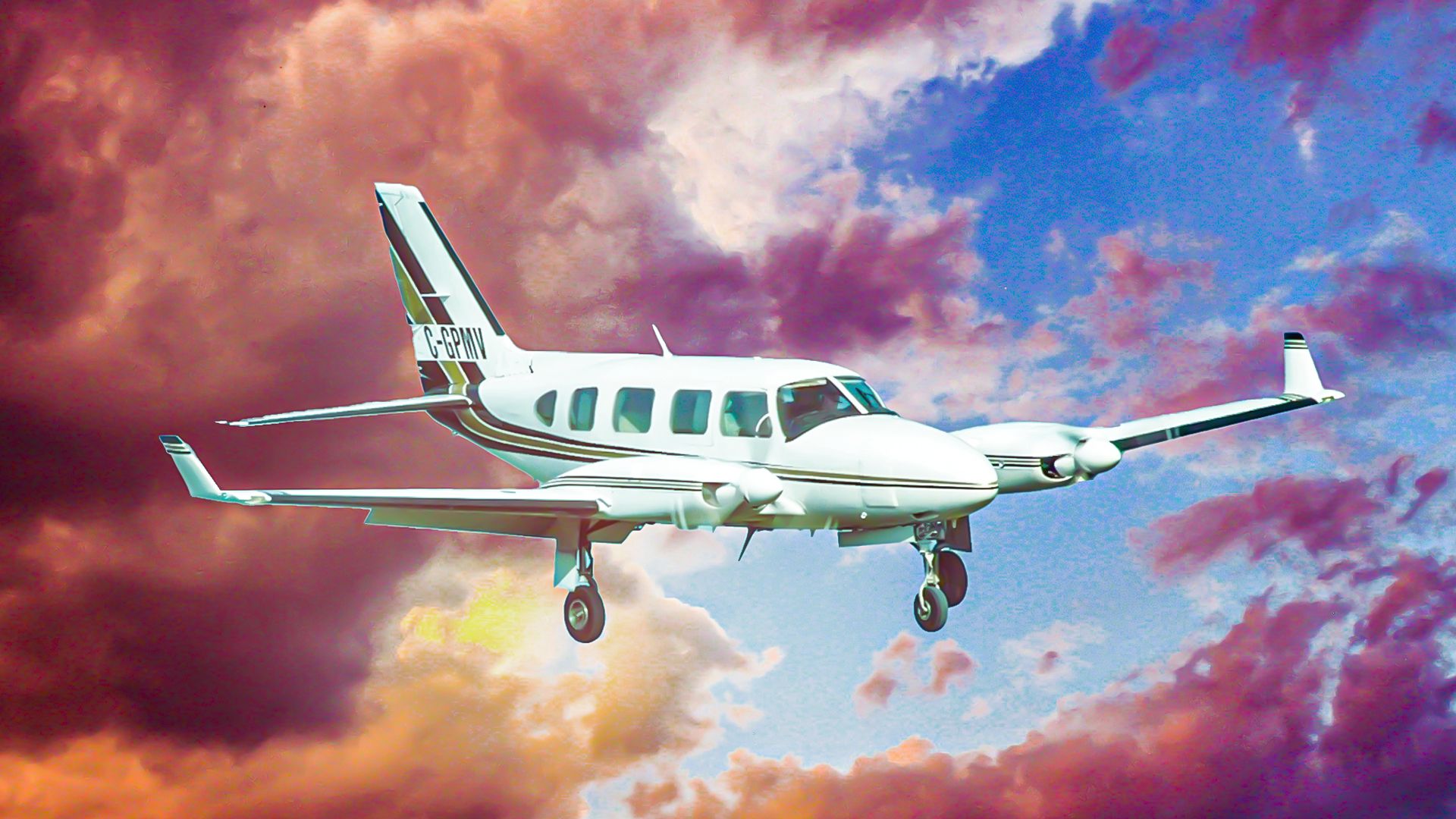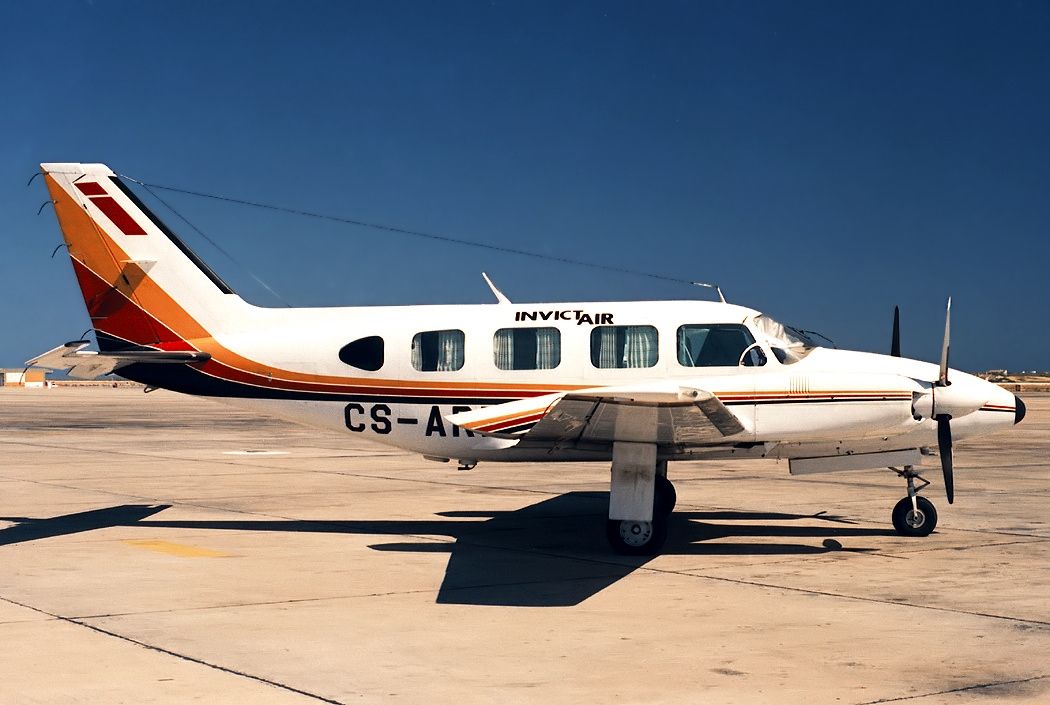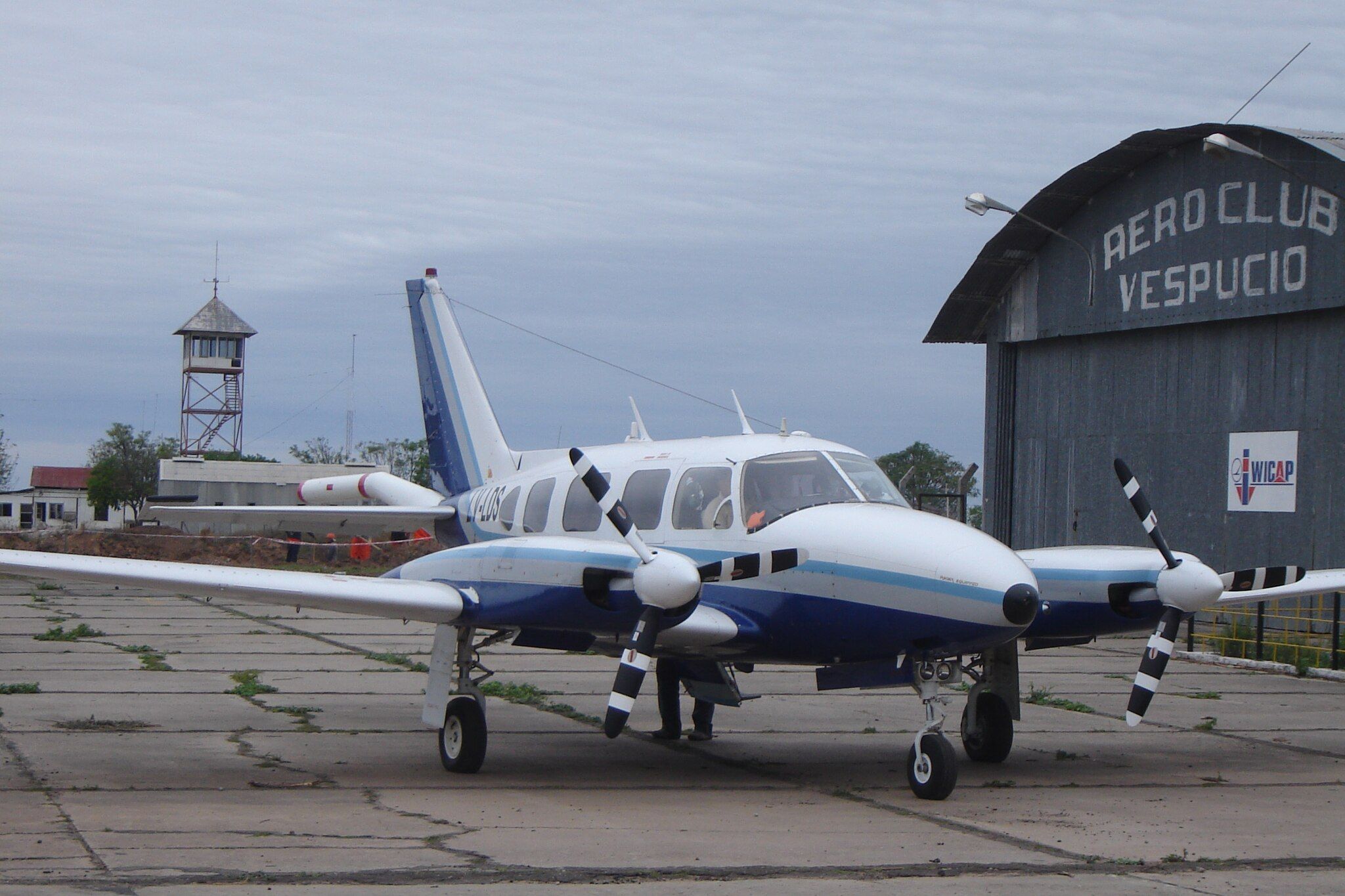Summary
- Piper Aircraft is considered to be one of the “Big Three” in general aviation, along with Cessna and Beechcraft.
- Piper produced the Cub series in the early half of the century, which was a widely successful small single-engine aircraft that found success in general aviation and the defense industry.
- The Piper PA-31 Navajo was one of Piper’s most popular models, and it saw great success with several upgraded variants and applications through several industries.
Piper Aircraft is considered to be one of the “Big Three” in general aviation, along with Cessna and Beechcraft. The company was founded in 1927 as Taylor Brothers Aircraft Manufacturing Company by two brothers, Gordon and Clarence Taylor. However, shortly after the company was founded, William Piper, a wealthy oil baron, convinced Clarence to move the company to Pennsylvania in the late 1920s.
The company did not see great success after its move amid the Great Depression, and eventually Taylor filed for bankruptcy. However, Piper purchased the remaining assets of the company and reorganized the company, moving Clarence Taylor to President. However, after a falling out between Piper and Taylor, Taylor left the company in 1937 to create the Taylorcraft Aircraft Company. Shortly after, the company was renamed to Piper
.
During the 1930s, Piper produced the Cub series, a small single-engine piston aircraft. During World War II, it made several different military variants. Over 20,000 variants of this aircraft have been built over the years, with many still flying today.
Piper continued producing civil aviation aircraft after World War II ended, and the company saw success with the post-war general aviation boom. By the 1950s, Piper continued to see success, with the company receiving several orders for military variants of its civil aviation aircraft. Piper produced several aircraft models, including the following planes, among others:
In the early 1960s, Piper began work on a brand-new aircraft, which was later designated the Piper PA-31 Navajo. This executive transport aircraft eventually included a pressurized cabin, and it saw success throughout the world. Let’s take a closer look at one of Piper’s most famous aircraft series, the PA-31 Navajo.
The history of the Piper PA-31 Navajo
William Piper requested a new project in the early 1960s. This aircraft was to be a corporate transport aircraft or a commuter aircraft with twin-engines. The engineers at Piper intended to make an upgraded version of the PA-3 Twin Comanche, which was introduced in 1961.
The first prototype of the PA-31 Navajo conducted its maiden flight in September 1964. The program was officially announced to the public later that year. Several upgrades were introduced during the flight test program, including cabin upgrades.
The aircraft was officially certified by the Federal Aviation Administration (FAA) in February 1966. However, Piper intended to increase some of its performance specifications. Because of that, the aircraft was re-certified later that year with an increase in its maximum takeoff weight (MTOW). Deliveries of the aircraft began in 1967.
Various upgrades to the aircraft have been introduced over the years. Each of these aircraft variants included slight upgrades like improved engines. This includes the following variants:
- PA-31 Navajo B in 1971
- PA-31 Navajo C in 1974
- PA-31P Pressurized Navajo in 1970 (Piper’s first pressurized aircraft)
- PA-31 T3 in 1981 (featured turboprop engines)
- PA-31-350 Chieftain in 1972 (stretched fuselage and counter-rotating propellers)
- PA-31-30 Mojave in 1983 (longer wings and upgraded engines)
- T1050 Airliner variant that was not produced
Several other companies received the rights to produce variants of the Piper Navajo, including Colombia and Brazil. Including each of the many variants, Piper produced nearly 4,000 aircraft in this series. The production of the Piper Navajo lasted from 1967 to 1984.
Design features of the Piper PA-31 Navajo
The Piper Navajo saw great success in several different industries. Many aircraft were utilized by air charter companies and private companies as executive transport. Additionally, several feeder airlines utilized the aircraft due to its space and improved performance specifications. For example, Air West and West Coast Airlines operated the PA-31 Navajo in scheduled service.
Additionally, several militaries and governments operated the aircraft, including:
- Chilean Navy
- Colombian Air Force
- Dominican Republic Air Force
- Finnish Air Force
- French Navy
- Kenya Air Force
- Spanish Air Force
The low-wing aircraft utilized a conventional tail. Its long fuselage could fit up to seven passengers, and the extended variant could fit up to ten passengers. Several upgraded variants also featured air conditioning, storage lockers, increased baggage space, and an extra cabin door.
The original Piper PA-31 Navajo featured two Lycoming TIO-540 piston engines. Later models featured turbocharge piston engines and the PA-31 T3 utilized a Pratt & Whitney PT6 turbofan engine. Piper also upgraded the aircraft with counter-rotating engines, which solved engine issues that were common in early variants. The engines were covered with tiger shark cowlings, which were common in Piper variants.
Performance specifications of the Piper PA-31 Navajo
As previously mentioned, the original Piper Navajo was produced with two Lycoming TIO-540 piston engines, which each provided the aircraft with 310 horsepower. Later aircraft featured upgraded variants, or even featured turbofan engines. However, the original Piper PA-31 Navajo had the following performance specifications:
|
Maximum capacity |
Seven passengers |
|---|---|
|
Length |
32 feet eight inches |
|
Height |
13 feet |
|
Wingspan |
40 feet eight inches |
|
Maximum takeoff weight (MTOW) |
6,500 pounds |
|
Maximum speed |
227 knots (261 miles per hour) |
|
Range |
1,012 nautical miles (1,165 miles) |
|
Service ceiling |
26,300 feet |



